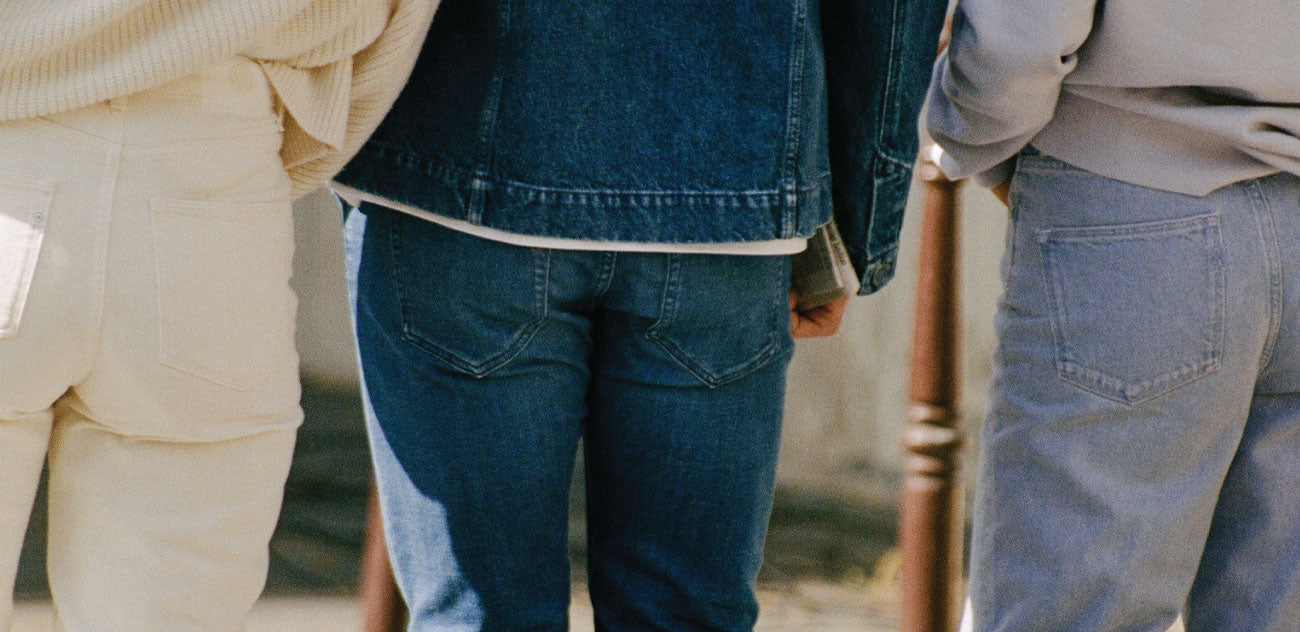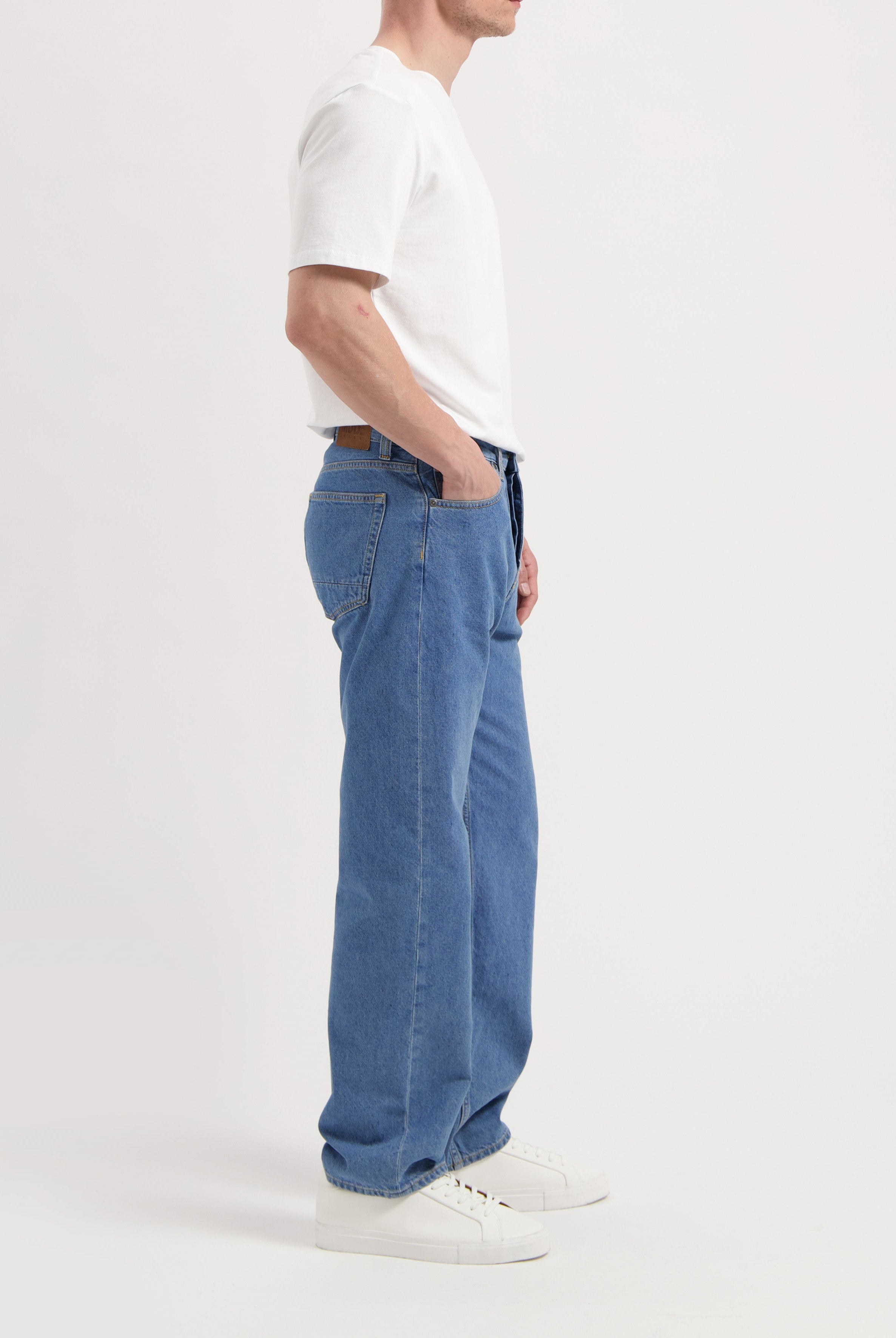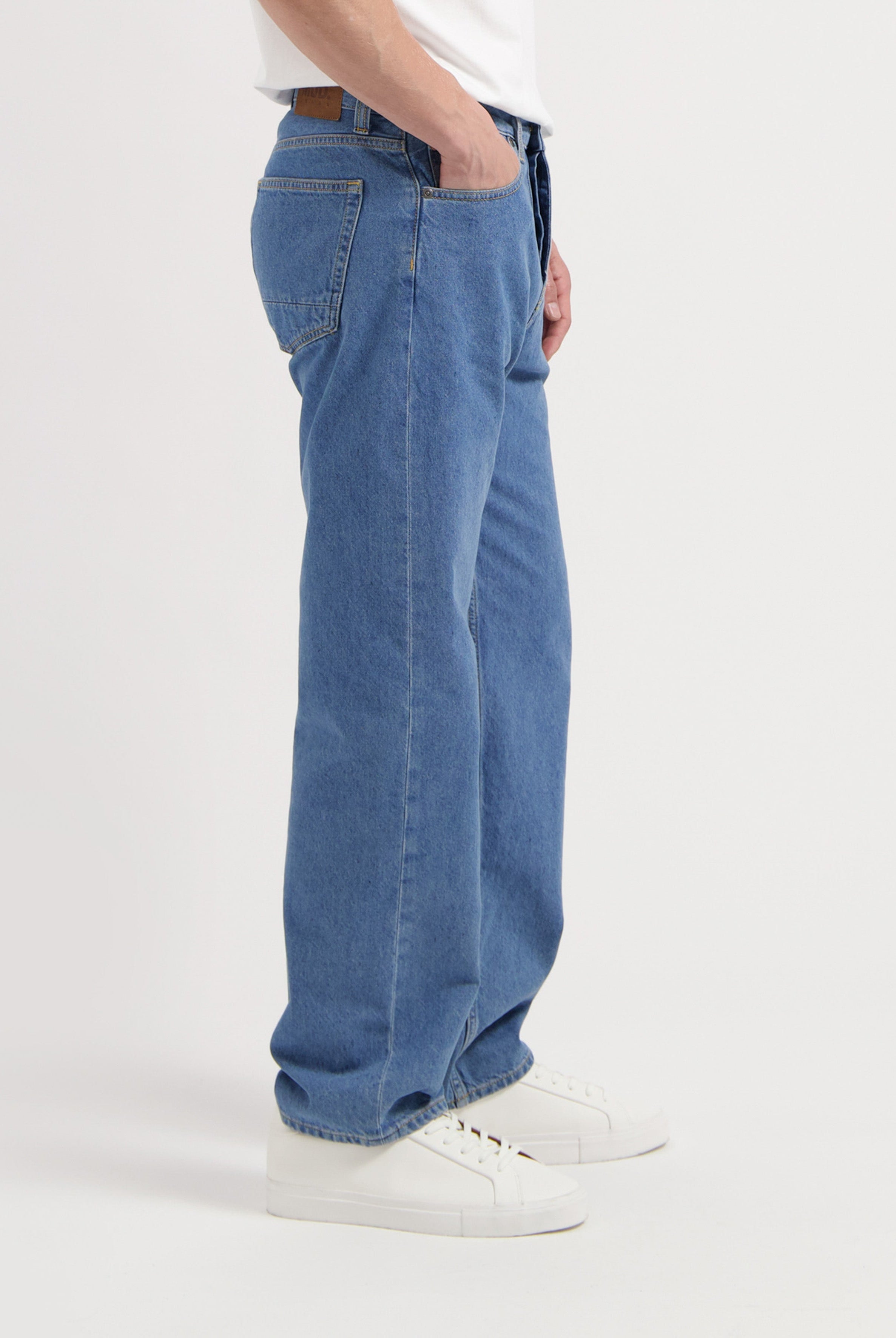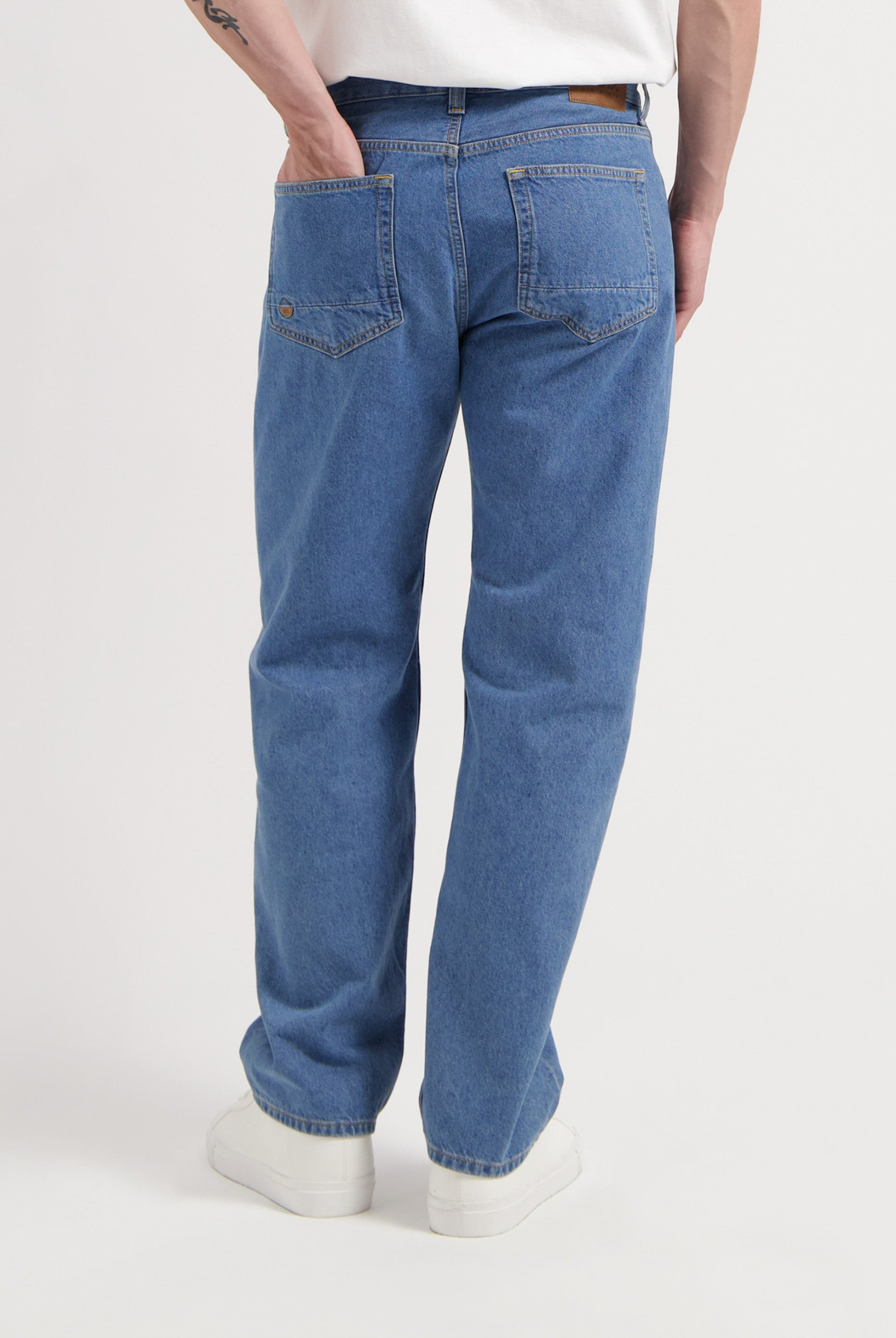The first section dives into the world of fast fashion and how the industry is contributing to climate change. This section covers the damaging practices used in fast fashion, showing the enormous resources used to create new clothes and customers’ casual discarding of garments. This section will also highlight the more complex social aspects of fast fashion, including gender discrimination, child labour and low wages for workers. It will include videos and text to provide you with all the information you need about the damaging world of fast fashion.
Estimated time to complete: 30 minutes
In this section you will:
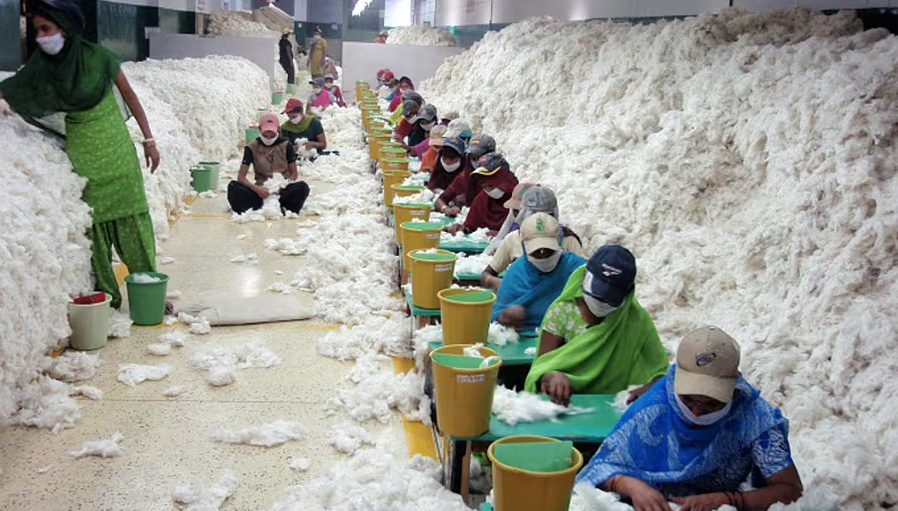
Learn about the impact of the fast fashion industry

Understand the negative social reality of today’s fashion industry

Learn how to live fashion more sustainably
The world of fast fashion is highly damaging, with bad practices from start to finish. Producers use unethical and harmful practices to produce cheap and poorly made clothes, which are bought in abundance by consumers. Consumers often wear these clothes for a short amount of time before discarding the garments, which often end up on landfill sites across the globe before being burned.
To get started, watch this short video.
Impact of fashion
1.2
Over 1.2 billion pairs of jeans are purchased every year
180
On average 180 meters of stitching yarn is used in one pair of jeans
1
Less than 1% of material used to produce clothing is recycled into new clothing
50
50% of fast fashion pieces are discarded within a year.
10
The fashion industry is among the top 10 most CO2 emitting industries
60
The average consumer purchases 60% more clothing than 15 years ago
10
Cotton accounts for over 10% of the world’s insecticide use.
1
1 garbage truck full of textiles is being trashed every second.
How is Fast Fashion impacting our environment?
The fashion industry has a market value of $406 billion, which is a lot! It is about 4% of the global market share (Fashion United, n.d.).
However, the fashion industry is also very polluting for the environment and is seen by some as the second most polluting industry in the world. Here we have listed some interesting facts for you (McFall-Johnsen, 2020):
2,700
2,700 litres of water is required to make a cotton shirt. That’s about the same as 2.5 years of drinking water for a person. And making one pair of jeans takes up to 50 bathtubs full of water.
200
Non-biodegradable substances that end up in landfill can remain there for up to 200 years (Reichart & Drew, 2019)
16
In the year 2000, fashion companies still had 2 collections per year, but in 2011 it grew to 5 collections per year. At major fashion brands such as ZARA and H&M, this number is up to 16 per year.
2625
Every second 1 garbage truck of clothing is burned or dumped - that’s 2.625 kilograms of clothing per second (Ellen MacArthur Foundation 2017).
Learn more about the damaging practices of fast fashion with this video:
How is it affecting humans?
Many brands have their clothes made in developing countries, which are generally countries where people are not paid much for the work they do. These countries are called low-wage countries (McCarthy, 2019). This basically means that big companies can produce large amounts of clothes for a cheap price. For the workers this means very long and hard-working days for almost no money. That is of course not fair at all! It goes against labour rights and human rights. Below we have listed the rights of workers in those low-wage countries that are often violated:
Multi-column
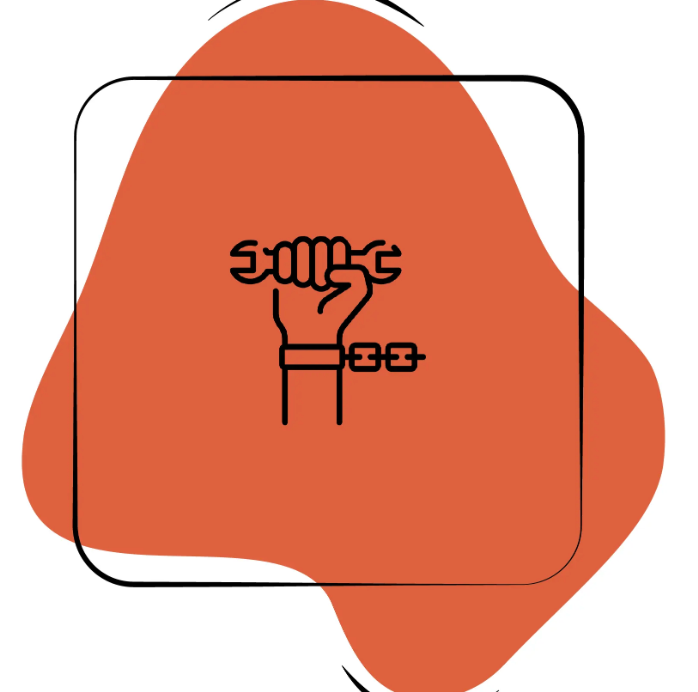
Forced Labour
This means that people have to work against their will, they are basically forced to work. Employees in these factories are sometimes not allowed to leave the factory. This often happens in places where the yarns are woven and spun.
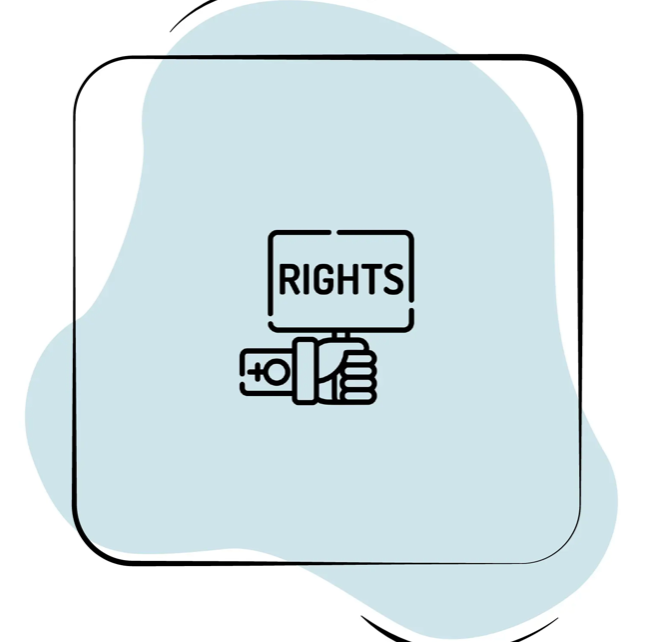
Female Rights
A lot of women work in the clothing industry. Common problems for women in their workplace include sexual harassment, discrimination, fixed-term contracts, and no maternity leave.
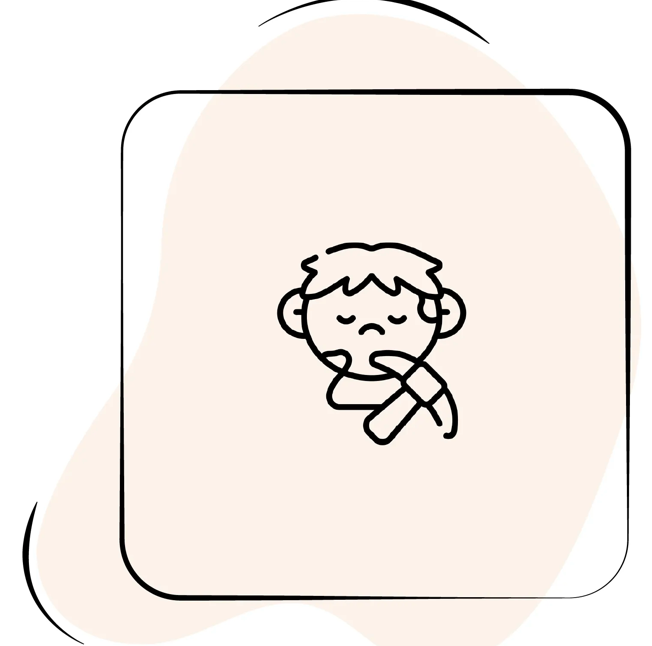
Child Labour
Children who are very young have to work in factories when they are supposed to be playing or going to school. Children work as cotton pickers or in spinning mills and sewing factories. Easy forgery and little regulation make it easy for children to lie about their age.
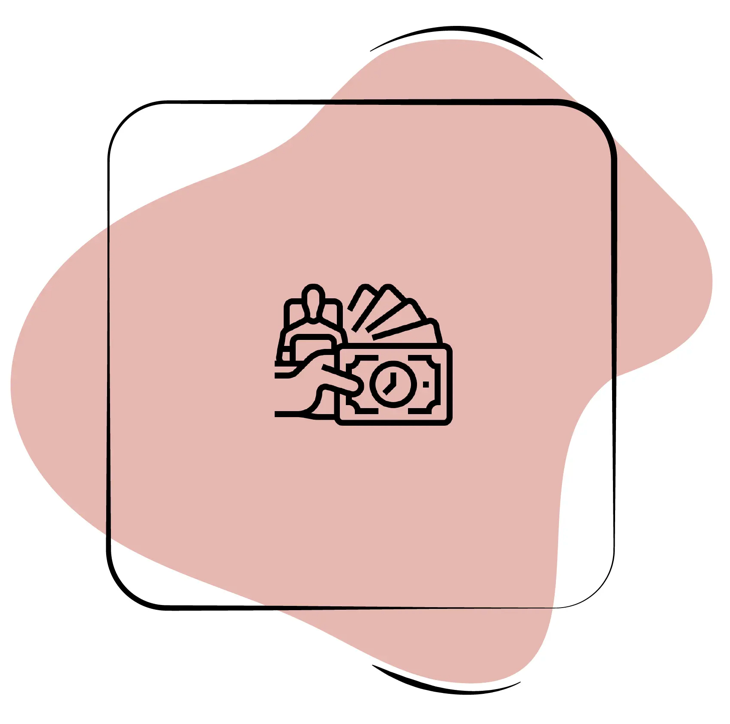
Living Wage
In many countries, factory workers are not paid much. They often receive a minimum wage, the lowest wage that you can get as an employee. This means that employees end up working long hours, barely being able to buy food or pay rent.
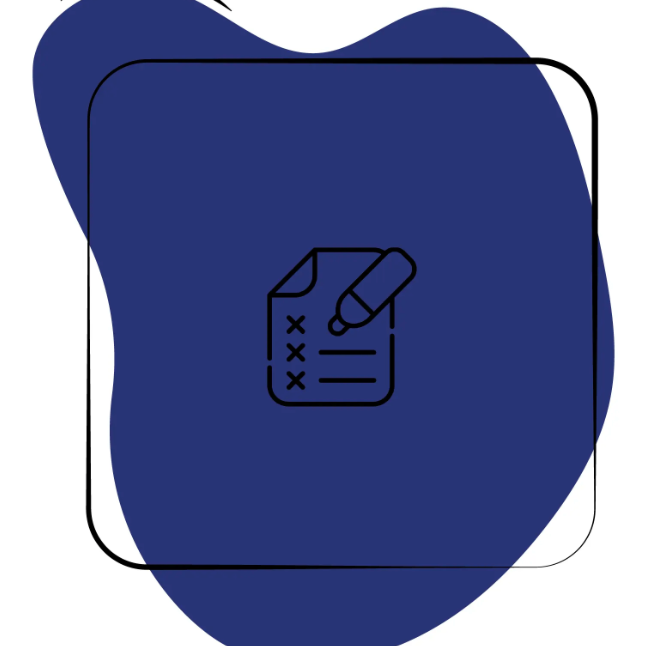
Discrimination
Discrimination involves not treating people equally. The most common form of discrimination is gender discrimination. Gender discrimination, for example, is when men are paid more than women. But discrimination also occurs with, for example, foreign workers are not allowed to work for no specific reason.









